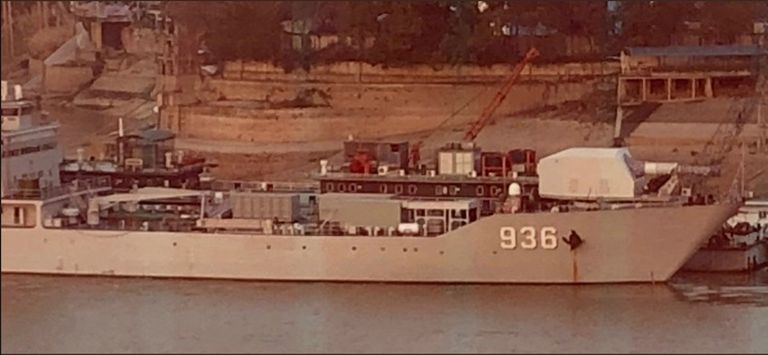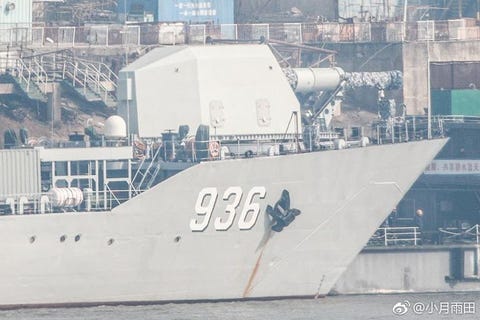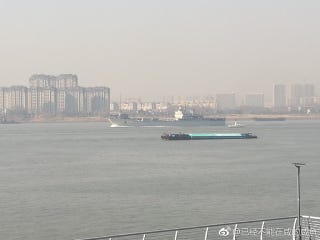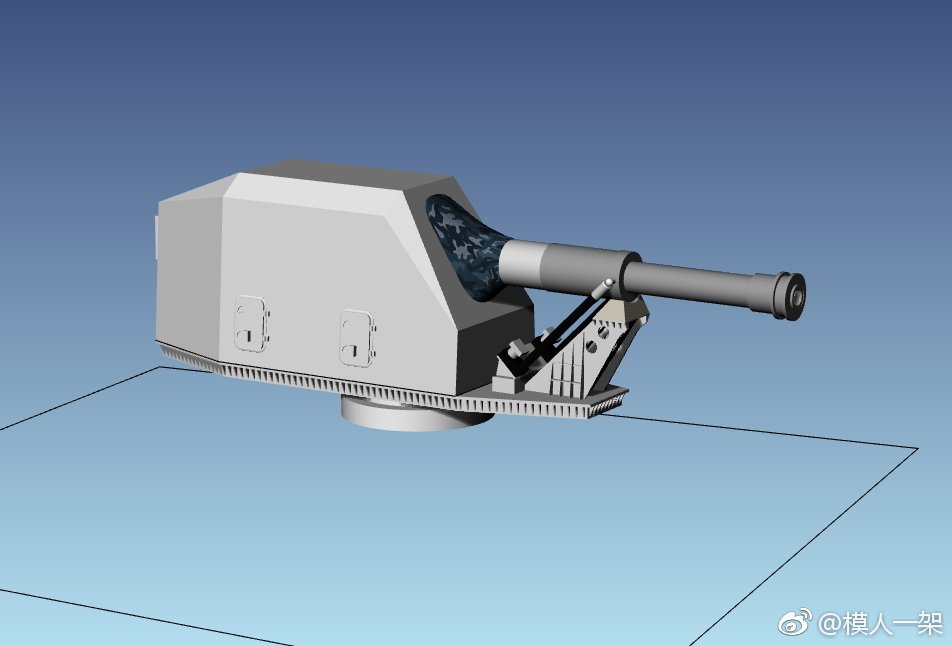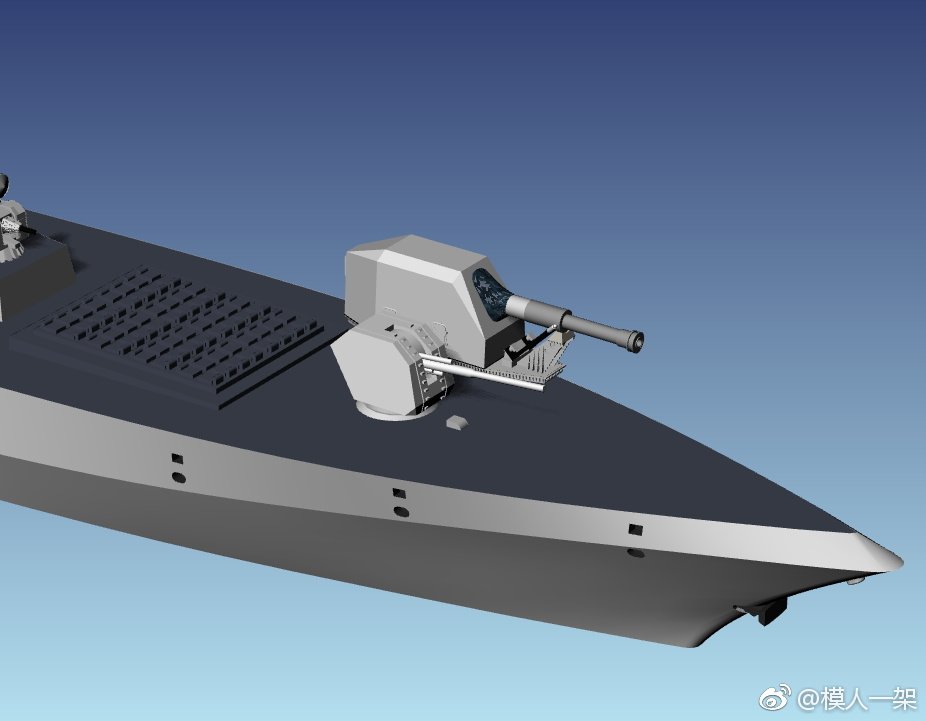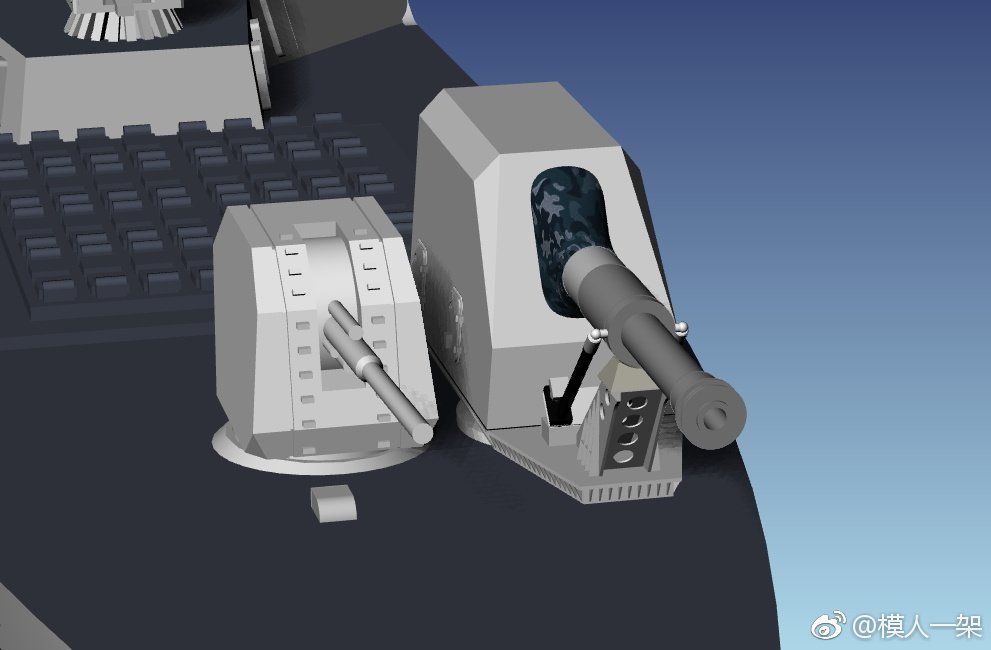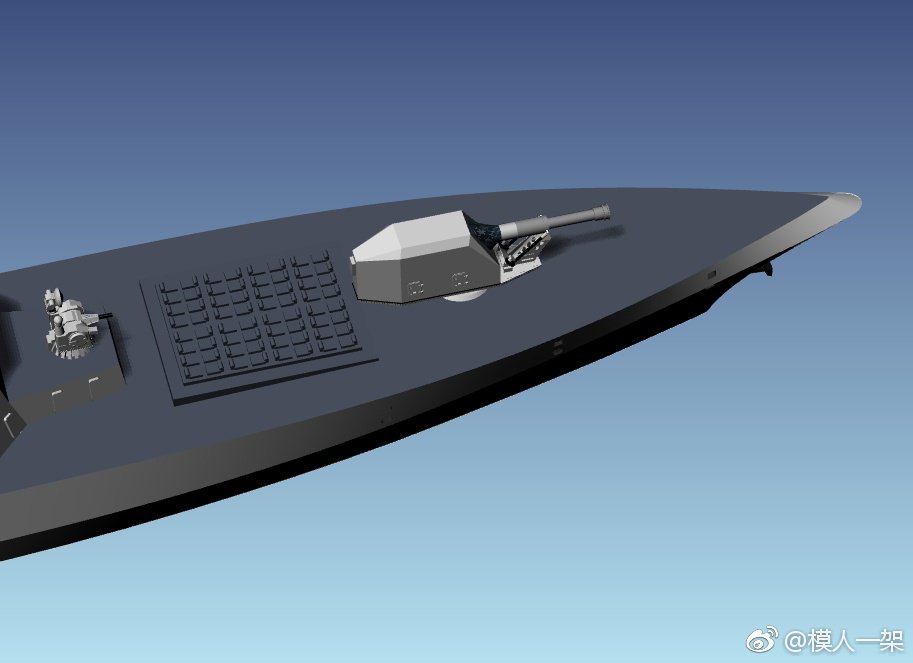Do you know the definition of among? which is "in the midst of" yet he quoted Dafengcao that mean Dafencao is the first and he followed by quoting it . So be careful when you want to dispute it
Anyway talking about the devil here he is having trouble reconciling the superiority of US EMRG technology and the appearance of Rail gun on Haiyang shan So the way out denial of course here it is. The question why would anyone put it on ship if it does not work?
Assuming this is China’s first railgun, it could be argued that mounting it on a ship steals a march on the U.S. Navy. Then again, we know the U.S. Navy's weapon works and has worked for years. China's is probably not an operational weapon system,
Is China Getting Ready To Test a Railgun?
Parked on the Yangtze river is something that sure looks like a railgun, and a sign that China might have beaten the U.S. Navy in putting this weapon on a ship.
By
Feb 1, 2018
TWITTER USER @XINFENGCAO
China appears to be the first country to place a electromagnetic railgun on a ship. The weapon was spotted on an old Chinese Navy landing craft in Wuhan and images of it quickly spread across the Internet. If this is true, then China has placed a real railgun on a warship before the U.S. Navy, which has been testing its own railgun on land for years.
Electromagnetic railguns are an entirely new type of weapon system that use electricity and magnetism instead of the energy of a gunpowder explosion. Railguns use electricity to generate very strong electromagnetic fields between two rails. A conductive metal device, called an armature, picks up a projectile and accelerates down the path between the rails, slinging the projectile downrange.
Images of the
Haiyangshan with a large gun turret-like object appeared on social media yesterday morning. The ship, which is a 390-foot tank-landing ship designed to carry up to 10 tanks or 500 tons of cargo, has a wide cargo deck area that is currently is crowded with shipping containers and equipment. Mounted on the bow of
Haiyangshan is what clearly looks like a gun turret with a large, stepped barrel.
TWITTER USER @XINFENGCAO
Large guns mounted on ships would be useful for bombardment missions (*
cough*Taiwan *
cough*), but China has stuck with 130-millimeter guns for its Navy and appears disinterested in large guns, which is one reason to doubt this is a conventional weapon. Also, this gun is huge but has a stubby barrel, which would limit its range if it were a conventional weapon. Furthermore if, this was an ordinary chemically powered gun, there would be no need for the additional equipment scattered about on the deck of the landing craft.
Conclusion: What we are looking at is an electromagnetic railgun, the same kind that
, and has since 2012. Here’s the Navy’s railgun slinging multiple hypervelocity rounds in 2017:
Railguns are extremely complex instruments that require immense amounts of power. BAE Systems and the U.S. Navy have been working on railgun technology at the Naval Surface Warfare Center, Dahlgren Division, and fired their first shots in 2010.
The land-based American system can accelerate a 23 pound metal projectile to 4,500 miles an hour, and the Navy’s goal is an effective range of more than 100 miles. To achieve this feat, the railgun requires 25 megawatts of power per shot, enough to power 19,000 homes.
The "Yangtze River Monster" under way.
TWITTER USER @XINFENGCAO
China’s railgun weapon and the
Haiyangshan are currently parked on the Yangtze at the Wuchang Shipyards in Wuhan, China. Although this location lies more than a hundred miles inland, the Yangtze is navigable by seagoing vessels for up to a thousand miles. Far from the heavily watched shipyards on the coastline, Wuchang is a good place to quietly conduct shipboard trials of a new weapon system on an actual ship. That is, until the trials attract attention from curious ship spotters with access to social media.
Railguns have the potential to revolutionize warfare. Faster than missiles and longer ranged than conventional guns, railguns could shoot enemy airplanes, anti-ship missiles, and ballistic missiles out of the sky, skewer enemy warships, and bombard targets on land. One weapon could fulfill many roles.
China thought to have been working on a railgun system for years but nobody outside of the intelligence community knew the extent of progress Beijing has made. Even with these photos we still know very little: Is this the first railgun, or the tenth? How much power does it require? Has it been fired before?
Assuming this is China’s first railgun, it could be argued that mounting it on a ship steals a march on the U.S. Navy. Then again, we know the U.S. Navy's weapon works and has worked for years. China's is probably not an operational weapon system, so for now it doesn’t really matter if it’s on a ship or not. We don’t know if China is ahead of America in the railgun game, but one thing is for sure: America’s lead in railgun tech is not as far forward as everyone thought it was.

